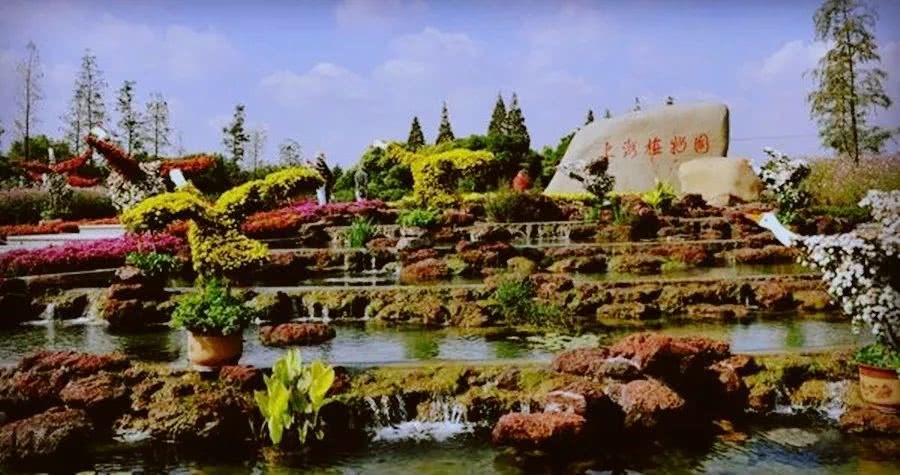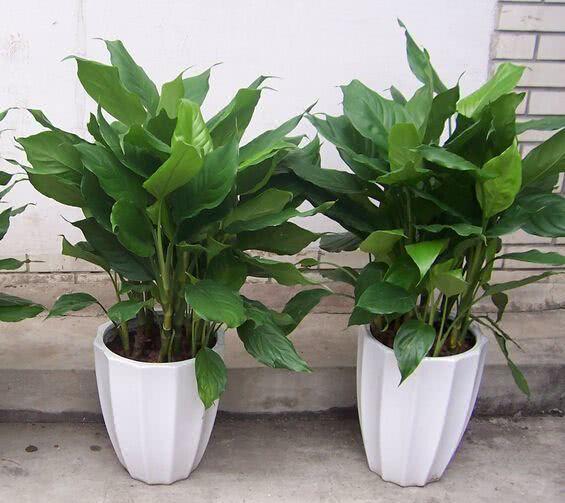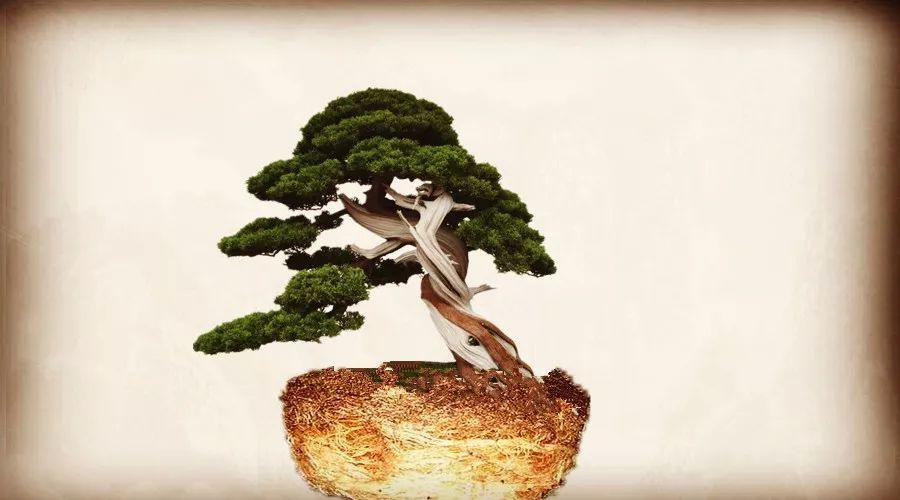Shanghai Botanical Garden? bonsai garden

The bonsai garden of Shanghai Botanical Garden is the largest bonsai garden in China. After the meticulous creation and collection of three generations of masters and artists, the value of its excellent bonsai has been difficult to estimate! Nevertheless, with the full support of the superior authorities and the unremitting efforts of the management, the park is still gradually improving the landscape pattern and bonsai appearance of the park.
Bonsai Garden, located in the northwest of artificial ecological area, covers an area of 41000 square meters and consists of four areas: preface, tree stump bonsai, mountain and stone bonsai and service. There are bamboo pavilions, bamboo corridors, bark pavilions, firewood doors, rattan frames and blue tile powder walls in the exhibition room, forming a courtyard-style garden in the south of the Yangtze River.
The first museum of the bonsai museum in the preface scenic area is a brick-wood structure with an area of 115 square meters, and the second museum is a mixed structure with an area of 374 square meters. The two pavilions are residential buildings in the south of the Yangtze River, displaying historical materials about the development of Chinese bonsai, focusing on Shanghai-style bonsai materials. Giant bonsai such as "Welcome Pine", "Pine Crane extension" and "dead wood in Spring" are on display in the area.
There is a zigzag mixed structure veranda in the stump bonsai area, with a total area of 563 square meters. The veranda divides the whole area into a number of small courtyards, which display more than a thousand pots of bonsai with various tree stumps. The veranda is open on both sides, with a fence under it, and each courtyard has two opposite doors to enter and leave. On rainy days or in the hot sun, visitors can enjoy the bonsai in the courtyard on both sides of the porch. Jinsong Garden in the area has five-needle pine, Luohan pine, black pine, real cypress, juniper cypress, gold pine, dwarf yew and other tree species, green pine and cypress, simple and elegant. Flower and fruit garden bonsai are plum, elm, wisteria, begonia, pomegranate, red maple, fire thorn, Elaeagnus angustifolia, wax plum and other tree species. The miniature miniature bonsai exhibition was originally located in a building named Sijingxuan imitating the Ming and Qing dynasties. Xuan is a mixed structure with an area of 322 square meters. What is displayed in Xuan Zhong is a variety of small tree stumps planted in small pots a few inches around. the distant view is like a thing on the palm, but a close view has the appearance of wilderness trees. In 1995, the miniature bonsai was moved to the exhibition greenhouse. The greenhouse is octagonal, mixed structure, with an area of 443 square meters.
The water and stone bonsai hall in the mountain and stone basin scenic spot is an imitation of the Ming and Qing dynasties, with a mixed structure, covering an area of 449 square meters. At the entrance, there is a 7-meter-long bonsai of Guilin landscape made of axe and stone, which is majestic. The museum displays 28 pots of water-stone bonsai made of axe-chopped stone, quartz stone, stalactite, Taihu lake stone, pumice, sand stone, seaweed stone, asparagus stone and so on, keeping all kinds of mountain wonders close at hand.
Bonsai Garden of Shanghai Botanical Garden
Bonsai Garden of Shanghai Botanical Garden
Bonsai Garden of Shanghai Botanical Garden
Bonsai Garden of Shanghai Botanical Garden
Bonsai Garden of Shanghai Botanical Garden
Bonsai Garden of Shanghai Botanical Garden
Bonsai Garden of Shanghai Botanical Garden
Bonsai Garden of Shanghai Botanical Garden
Bonsai Garden of Shanghai Botanical Garden
Bonsai Garden of Shanghai Botanical Garden
Bonsai Garden of Shanghai Botanical Garden
Bonsai Garden of Shanghai Botanical Garden
Bonsai Garden of Shanghai Botanical Garden
Bonsai Garden of Shanghai Botanical Garden
Bonsai Garden of Shanghai Botanical Garden
Bonsai Garden of Shanghai Botanical Garden
Bonsai Garden of Shanghai Botanical Garden
Bonsai Garden of Shanghai Botanical Garden
Bonsai Garden of Shanghai Botanical Garden
Bonsai Garden of Shanghai Botanical Garden
Deep reading
- Prev

Three kinds of heavy-flavored fertilizers to make the flowers grow strong. Sprinkle 1 spoonful of plant leaves with green oil.
It is said that "growing flowers and fertilizing seven percent of the water", watering is of course important, and fertilization only accounts for three points, but without these three points, how can plants be very strong and healthy? Let Huahua say that watering and fertilizing are both important.
- Next

Tree stump bonsai turning basin to change soil
After the growth of the stump bonsai for a period of time, the root system is covered with potted soil, crisscross, so that the ability to absorb fertilizer and water is weakened. at the same time, the nutrient elements in the potted soil are less and less, which is disadvantageous to the growth of the stump, so it is necessary to turn the pot and change the soil. The basin is usually turned over.
Related
- Wuhan Hospital Iron Tree Blooming Result Was Instantly Frightened by the Gardener Master
- Which variety of camellia is the most fragrant and best? Which one do you like best?
- What is the small blue coat, the breeding methods and matters needing attention of the succulent plant
- Dormancy time and maintenance management of succulent plants during dormancy
- Minas succulent how to raise, Minas succulent plant pictures
- What are the varieties of winter succulent plants
- How to raise succulent plants in twelve rolls? let's take a look at some experience of breeding twelve rolls.
- Attention should be paid to water control for succulent plants during dormant period (winter and summer)
- Watering experience of twelve rolls of succulent plants
- Techniques for fertilizing succulent plants. An article will let you know how to fertilize succulent plants.

